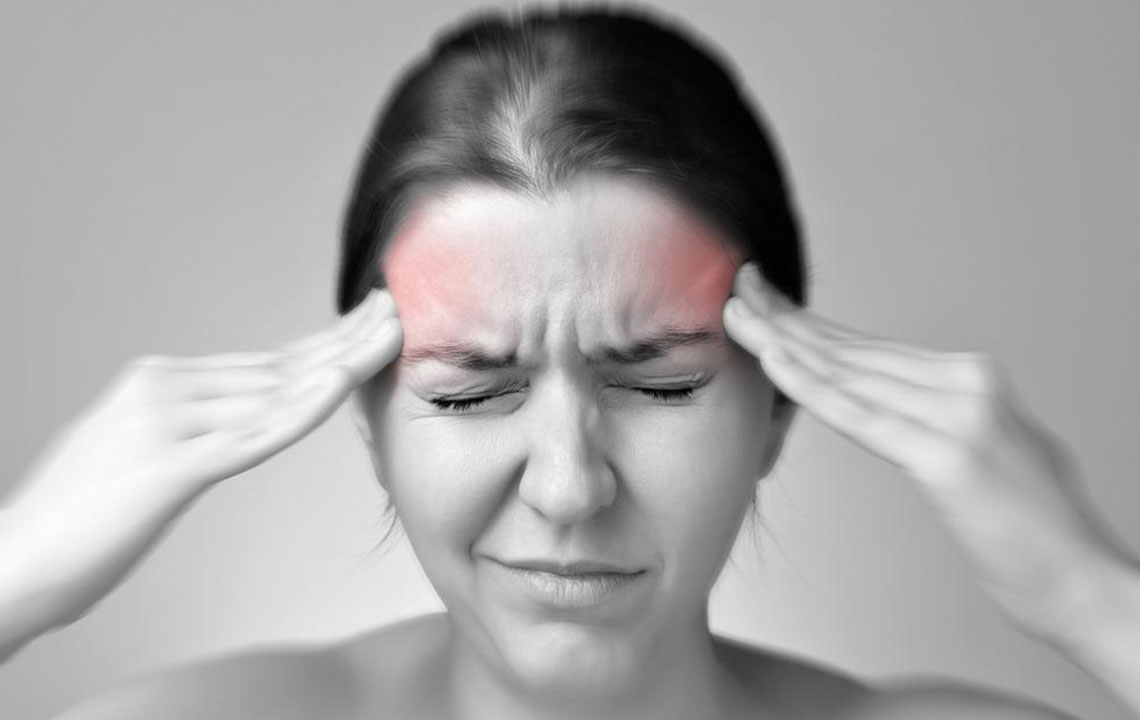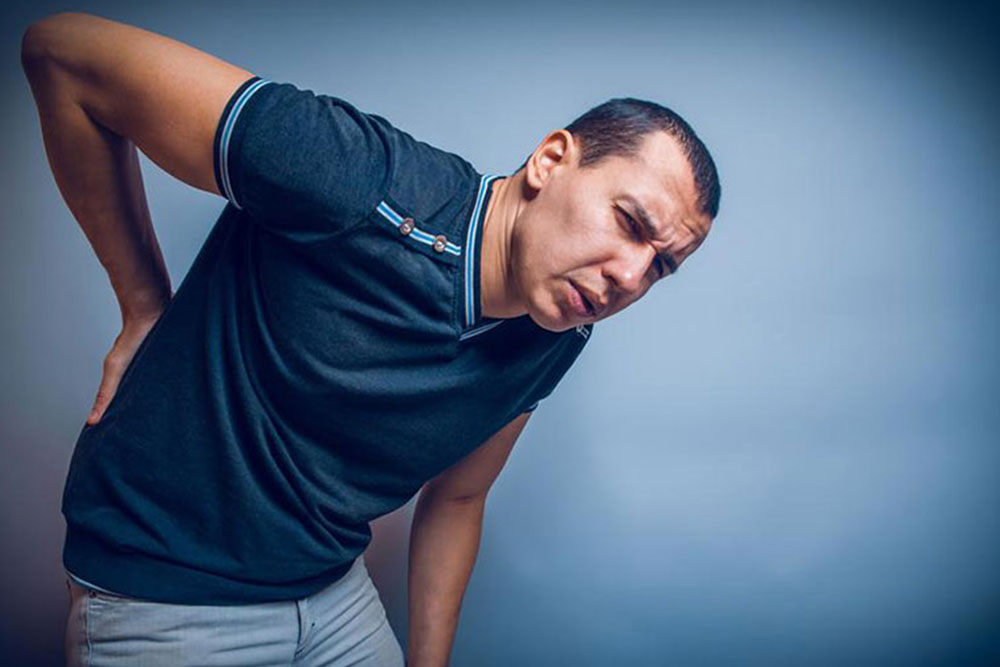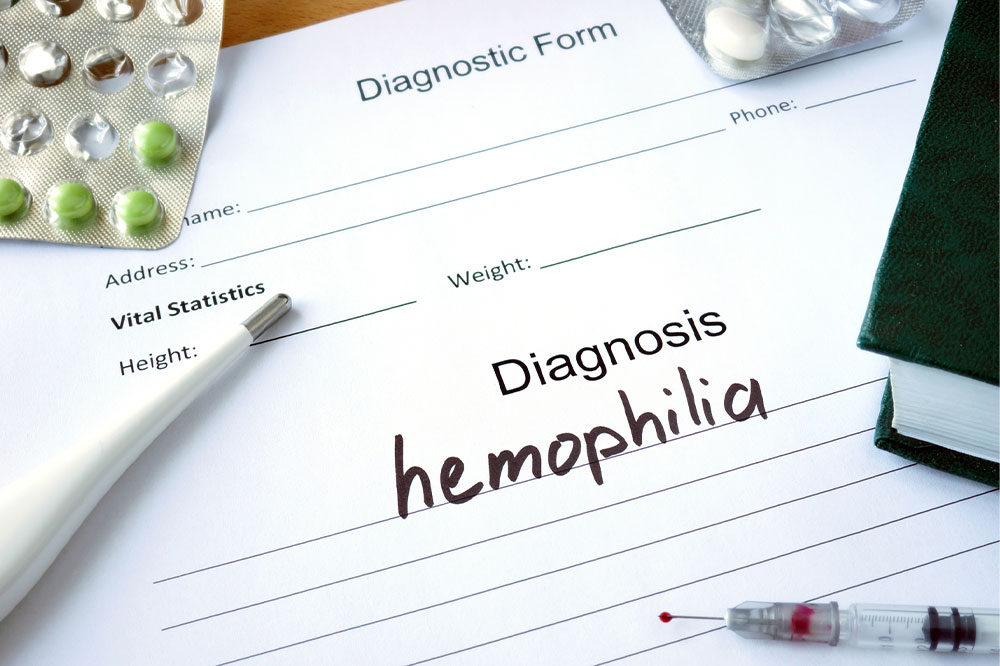Understanding the Four Types of Spinal Muscular Atrophy (SMA)
This article offers a comprehensive overview of the four types of spinal muscular atrophy (SMA), highlighting their genetic causes, symptoms, onset age, and prognosis. It serves as an essential resource for medical professionals and patients seeking detailed insights into SMA classifications and their implications for diagnosis and treatment.

Understanding the Four Types of Spinal Muscular Atrophy (SMA)
Spinal muscular atrophy (SMA) is a rare inherited disorder affecting approximately 1 in 6,000 to 10,000 individuals. It impairs muscle control due to genetic mutations, with symptoms and progression varying widely among patients. To aid healthcare professionals, SMA is classified into four main types. Below is a detailed overview of each type:
Type 1 SMA – Often called infantile-onset SMA or Werdnig-Hoffmann disease, this type results from having only two copies of the SMN2 gene. It accounts for over half of SMA cases. Symptoms appear within the first six months, including weak crying, difficulty swallowing or breathing, floppy limbs, and inability to sit unassisted. Advances in research have improved survival rates dramatically.
Type 2 SMA – Known as intermediate SMA, individuals typically have more SMN2 gene copies. Symptoms present between 7 and 18 months, sometimes less severely, such as difficulty standing, limb weakness, scoliosis, coughing issues, and finger tremors. While life expectancy may decrease, many reach adulthood.
Type 3 SMA – Also called mild or late-onset SMA, affected individuals usually have four to eight SMN2 genes. Symptoms begin after 18 months and are often diagnosed around age 3, though delayed cases exist. They include trouble standing, balance problems, scoliosis, and difficulty climbing stairs or running. Life expectancy remains unaffected, but there's a risk of obesity.
Type 4 SMA – The adult-onset form, this rare type involves individuals over 35 years old with four to eight SMN2 genes. Symptoms include muscle weakness in hands and feet, walking challenges, and muscle twitching or shaking.
Note:
Our blog provides diverse and practical insights across multiple topics. While we aim to share accurate and helpful information, readers should consider this as general knowledge and consult healthcare professionals for personalized advice. The site cannot be responsible for data discrepancies or updates from other sources. Some schemes and offers might also be omitted that could benefit our readers.










